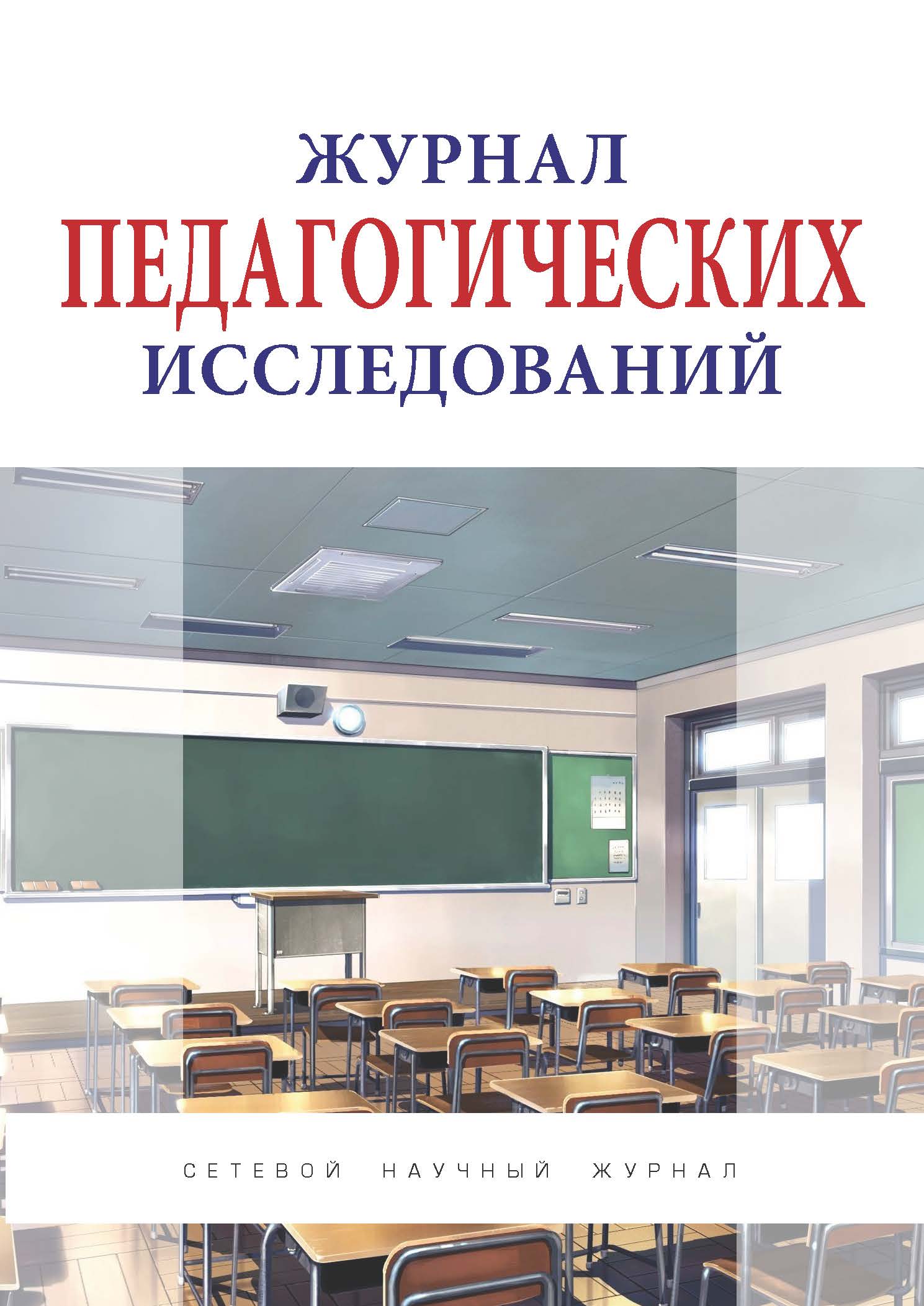Moscow, Moscow, Russian Federation
UDC 37
The structures of dental education in near-Arctic countries and regions at all levels are considered and the place of the pedagogical component is increased in them. It was noted that the actively functioning structures of additional vocational education (DPO) in 8 countries of the Arctic Council (Denmark, Iceland, Canada, Norway, the Russian Federation, the USA, Finland, Sweden) determine the dynamics of the assimilation by practicing dentists and maxillofacial surgeons of the use of the latest high-tech technologies, and in recent decades also a complex of humanities, primarily psychology and sociology. This increases the role of the pedagogical component in the system of their professional training of dentists and maxillofacial surgeons; the experience of organizing training processes in this direction is also in demand by the structures of domestic dental education. Its parameters are characterized taking into account the specifics of the Arctic zone, including ensuring the health of teeth and oral cavity of representatives of small indigenous peoples; problems of staffing of dentists and maxillofacial surgeons and improvement of their qualification level are analyzed. Due to the coordination of educational and research activities, the postgraduate education system is characterized by the transfer of the latest skills and techniques in dental education.
vocational education, near-Arctic countries, small indigenous peoples, Arctic Council, additional vocational education, pedagogical component, knowledge intensity
1. https/ria.ru/20240302/arkticheskij-sovet-1930638395.html.
2. Labetskaya K.O. The Arctic Council is unlikely to live to the 30th anniversary//Nezavisimaya Gazeta 2024. 25.02.
3. Holst D., Schuller A.A. Oral health in a life-course: Birth-cohorts from 1929 to 2006 in Norway // Community Dental Health. 2012. Vol. 29. P. 134-143.
4. Gorbatova M.A., Grjibovski A.M., Gorbatova L.N., Honkala E. Dental caries experience among 12-year-old children in North-west Russia // Community Dental Health. 2012. Vol. 29. P. 20-24. DOI: https://doi.org/10.1922/CDH_2640Grjibovski05; EDN: https://elibrary.ru/RFZWKP
5. Current problems of dentistry in the Arctic region, current trends and prospects for the diagnosis, treatment and prevention of dental diseases/ed. Col. A.S. Obradin [et al.] - Arkhangelsk: SSMU, 2015. - 136 s.
6. https://sveriges yngre lokares forcing (October 2017 ).
7. Helmersson J., Onma A. Accessibility and relation to convential medicine // International Journal of Circumpolar Health. 2021. December. P. 32-38.
8. Widström E., Mikkola H. Industry structures in private dental markets in Finland // Community Dental Health. 2012. Vol. 29. P. 309-314.
9. https://yandex.ru/search/text/dentistry in finland=2411725.
10. https://yandex.ru/search/text=dentistry in Denmark.
11. @ lr = 213 @ clid = 2411725 @ p = 3.
12. www/cda/-adc/ca.
13. Khusainova S.S. Self-determination of indigenous peoples of Russia, Canada and Northern Europe//Bulletin of the Volga University of Management. 2021. 36. C. 51-59.
14. Post Graduate Medical Education/McGill University.
15. www/alaskatribalhealth/org.
16. https ://idealmedpealn. com// ru//?ysclid=ltxjxgfd898122867
17. Brenda M. How long residency training losts, by specialty // American Medical Association. 2021.
18. Kozilova L.V. Development of personnel potential of educational institutions of secondary vocational education, taking into account the requirements of the labor market, economy, world standards, updating industry technologies and the introduction of digital technologies//Education management: theory and practice. 2021. Volume 11. № 1 (41). - P. 62-71.






